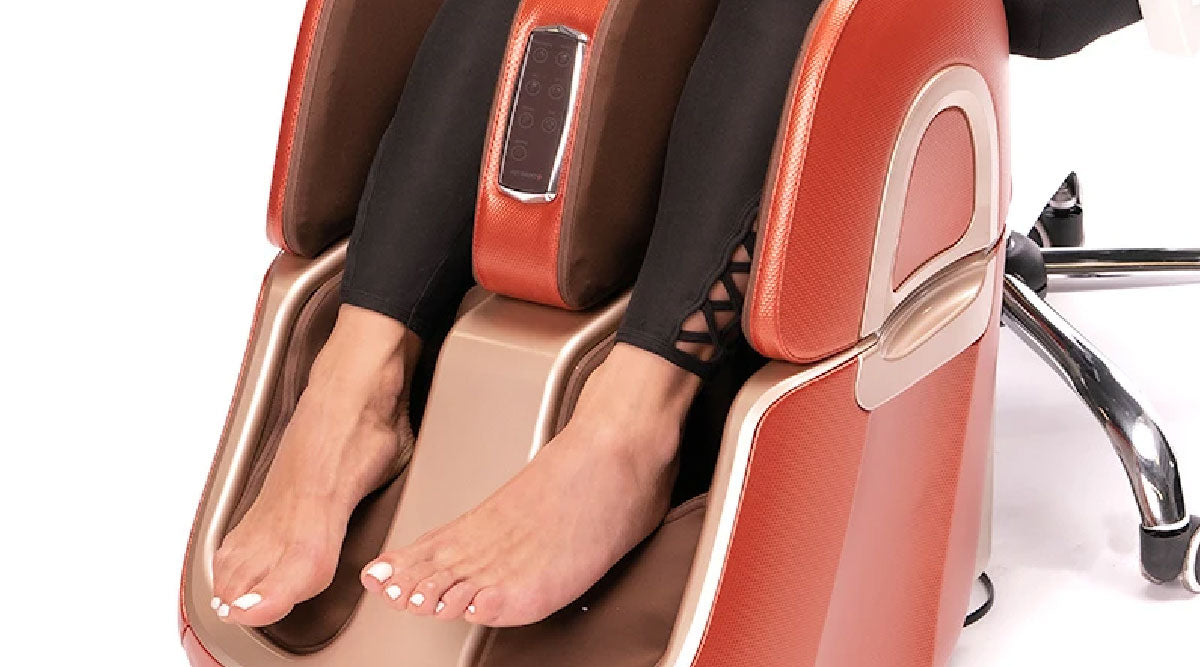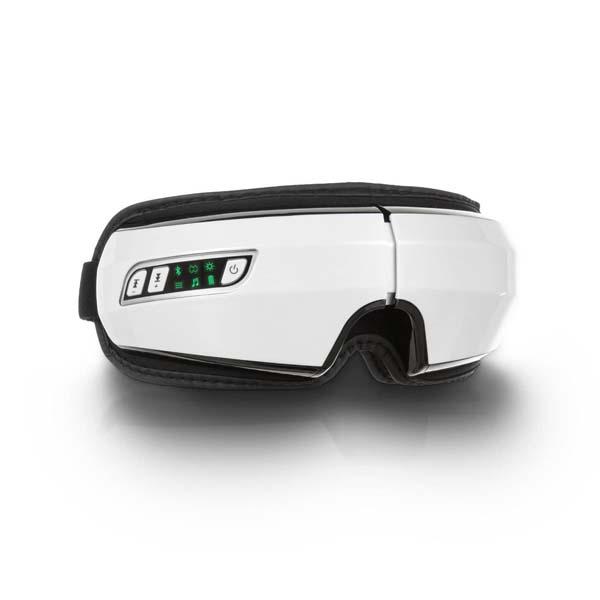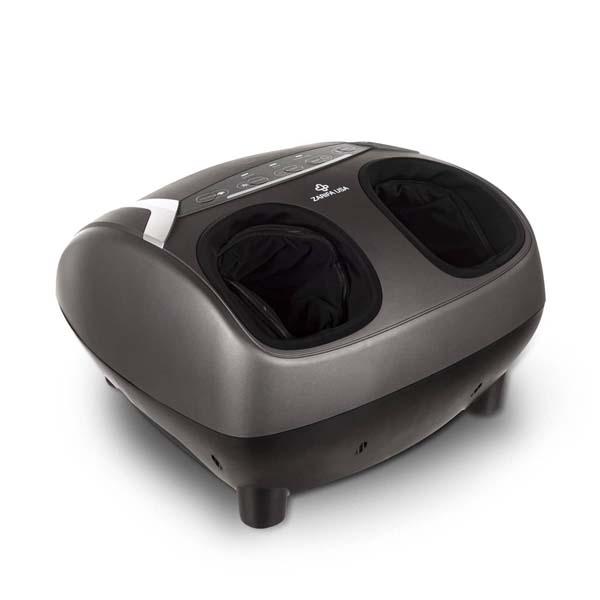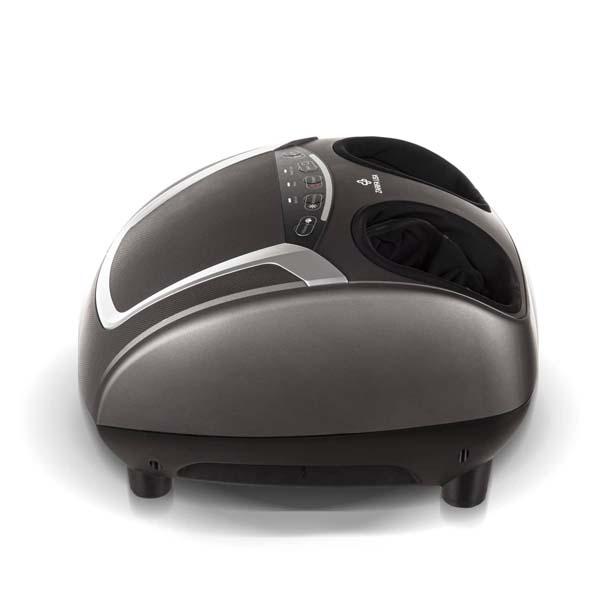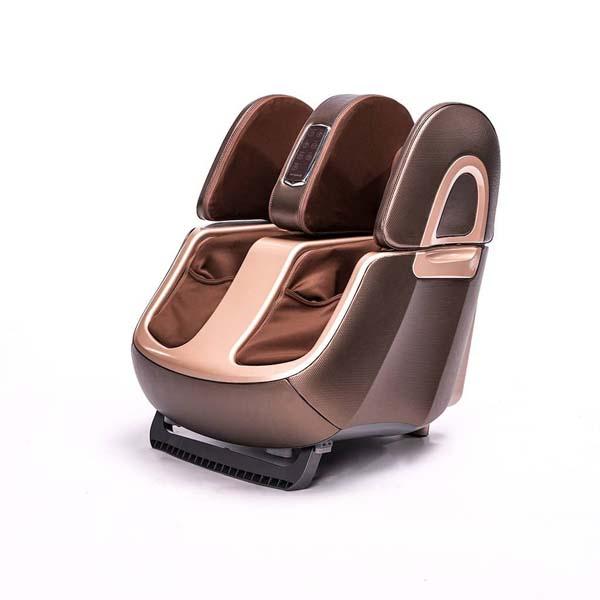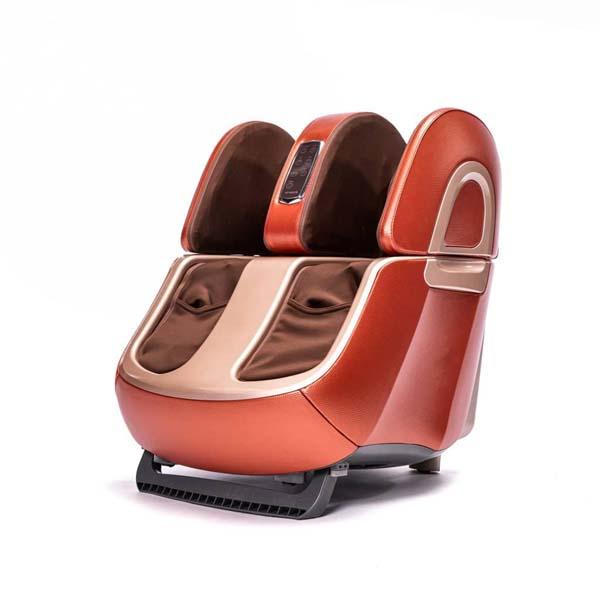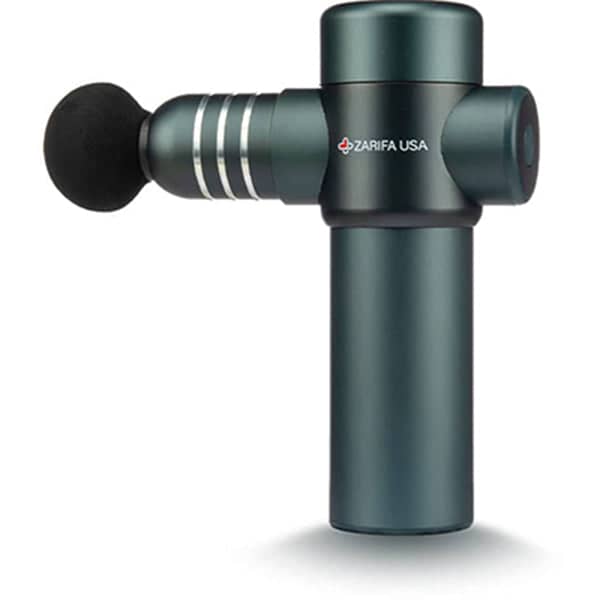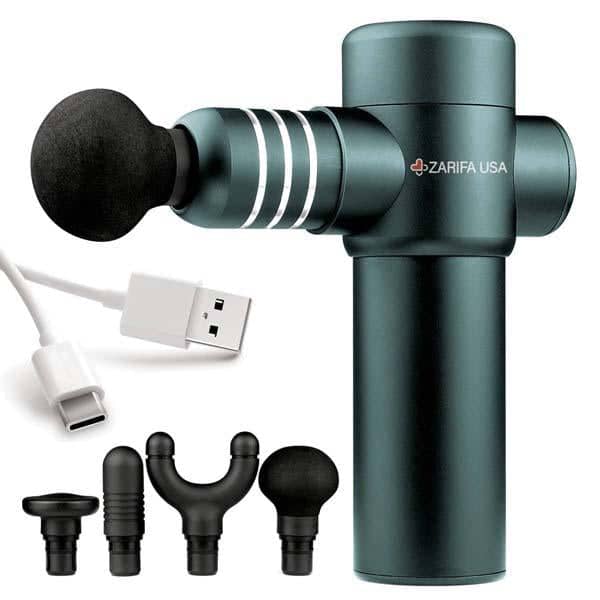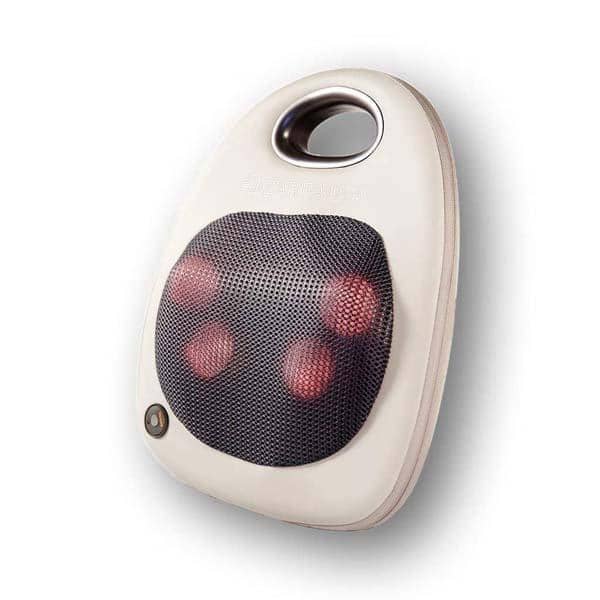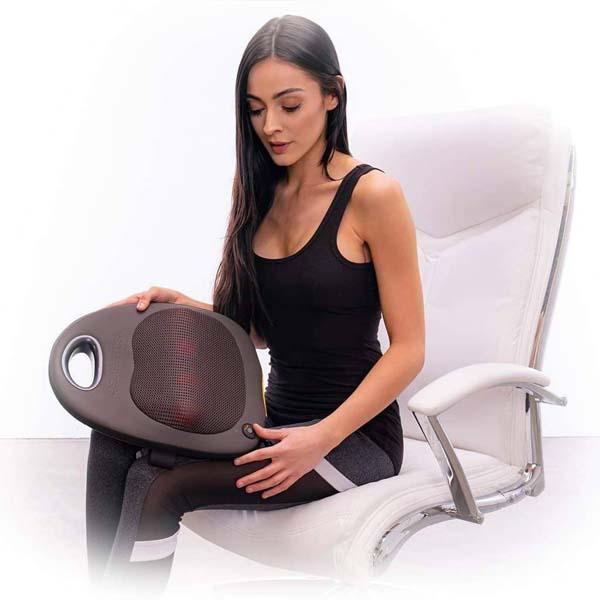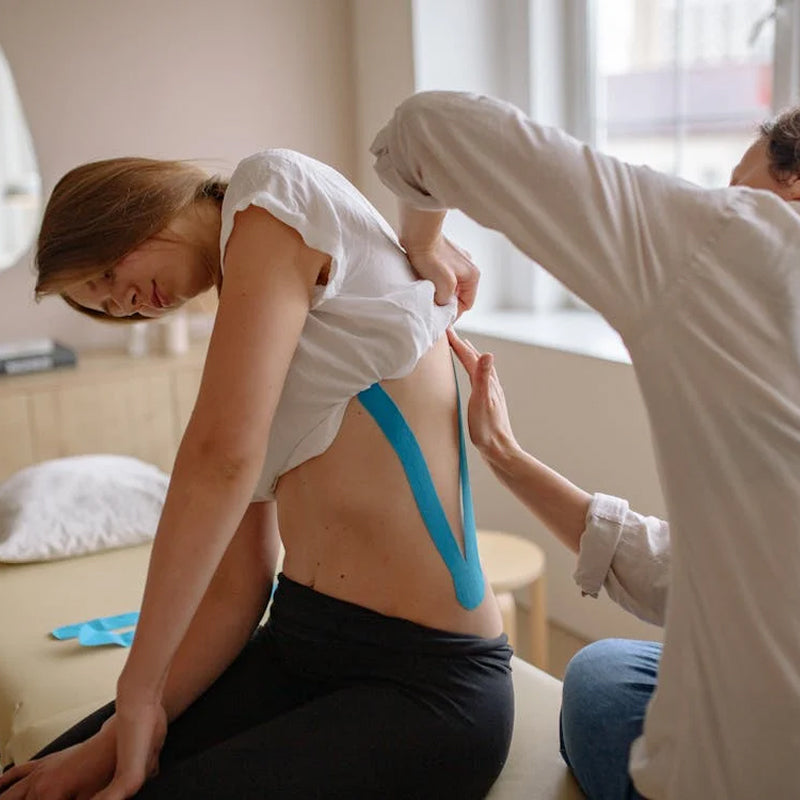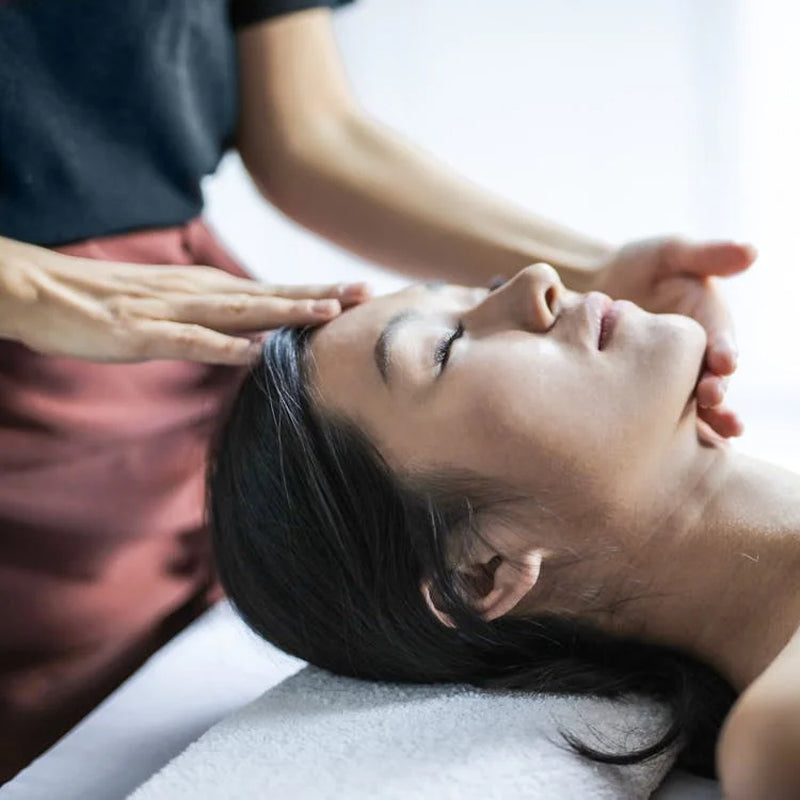What Is Restless Leg Syndrome?
Willis-Ekbom disease (restless legs syndrome (RLS)) or more commonly known as restless leg syndrome is a disruptor of sleep and rest. It is a neurological disorder that is characterized by discomfort in the legs that makes you restless, thus the name.
Epidemiology Of The Disease
RLS is a major concern in the modern western world. According to a study, restless legs syndrome affects 4-29% of the population of adults in North America. The worldwide prevalence of this syndrome is found out to be 3.9-14.3% and it increases with age. In most studies, diagnosis of the malady is done on the criteria provided by the International Restless Legs Syndrome Study Group (IRLSSG). Restless legs syndrome is diagnosed through a doctor's evaluation, including a neurological and physical exam, and consideration of medical and family history.
According to the National Institute of Neurological Disorders and Stroke around 7-10% of Americans get affected by RLS.
Read more about Massage Gun For Plantar Fasciitis
Restless Leg Syndrome Signs And Symptoms
The most common and evident symptoms of restless legs:
- Pain in the legs.
- Discomfort is more pronounced while lying in the bed or resting.
- A constant urge to move the legs and relief with movement.
- Tingling, and crawling sensations in the legs.
- Twitching of legs at night/bedtime.
Certain factors, such as specific actions or substances, can make symptoms worse, and a lack of sleep can also contribute to this deterioration.
In most cases, patients are unable to explain the exact sensations. According to subjects, the sensation is more of an urge to move the legs without any associated muscle cramps or spasms. For patients who have an associated condition i.e. Periodic Limb Movement of Sleep.) (PLMS) experience leg twitching and jerking during sleep. The symptoms are not persistent too. For some, the symptoms come and go or fluctuate in severity.
Patients suffering from a mild form of the disease have reported difficulty in keeping the legs in the same posture for longer periods. However, in severe cases the patients also suffer through complications arising from the disease that manifest themselves as:
- Fatigue
- Daytime sleepiness
- Lack of sleep
- Depression
Studies suggest that RLS causes changes in the spinal cord and leads to hyperexcitability of neurons.
Complications Of RLS
As this sleep directly hinders your sleep quality, the long-term presence of this infirmity can severely compromise your daily life. Sleeplessness can impact your endocrine, immune, nervous system, and metabolism too, a study suggests.
Another study claimed that sleepiness in the daytime negatively affects your body. A comprehensive analysis
Restless Leg Syndrome Causes And Risk Factors
There is no known cause of RLS. However, certain risk factors increase your risk. Growing age increases your risk of acquiring RLS. Women face twice more risk to acquire RLS than men. The prevalence of the disease in women was found to be 14.2% which twice as compared to 6.6% in men. Iron supplements can be used to correct iron deficiency and improve symptoms of restless legs syndrome, especially during pregnancy.
There is an increased chance of you falling into the abyss of RLS if you have the following underlying diseases:
Iron Deficiency Anaemia
Iron deficiency anaemia is a common condition that may be linked to restless leg syndrome. According to a study, intravenous administration of iron into RLS patients showed improvements. This indicates that iron deficiency anaemia can be a risk factor for the syndrome.
Kidney Failure
End-stage renal disease (kidney failure) may also cause restless leg syndrome. However, as per analysis, the occurrence of the disease has a genetic predisposition. There is an imbalance of electrolytes with kidney failure that further increases the risk.
Parkinson's Disease
Restless Leg syndrome frequently occurs in patients with Parkinson's disease. As per a 2009 study, a significant number of Parkinson's disease patients report having unpleasant sensations in the leg and an urge to constantly move them.
A detailed analysis carried out in 2018 found an evident relationship between restless leg syndrome and Parkinson's disease. This is due to the dysregulation of dopamine production. In the latest microscopic study, restless leg syndrome is linked to Parkinson's disease.
Family History
More than 40% of cases have a family history of the disease. Therefore, if you have a relative, siblings, or parents who are suffering from restless leg syndrome, you should be cautious.
Peripheral neuropathy is a condition of damaged nerves between the muscles and the spinal cord. You are at a greater risk of developing Willis-Ekbom disease if suffering from peripheral neuropathy. Uncontrolled diabetes is a major cause of peripheral neuropathy. RLS affects the poor quality of life and deranged glycemic levels that are linked to RLS, a study suggests.
Spinal Cord Injury
In some cases, RLS starts after some sort of spinal cord injury. A study was carried out on veterans with spinal cord lesions which found out that there is a greater prevalence of RLS in Spinal cord injury patients than in the general population.
Multiple Sclerosis
Patients suffering from Multiple Sclerosis also experience lesions in the spinal cord. A 2017 study suggests that Multiple sclerosis patients have altered dopamine delivery that makes it a risk factor for RLS. MS patients suffering from RLS have reported symptoms of fatigue, anxiety, and depression.
Medications For Psychological Disorders
Patients suffering from psychosis and depression that take medications are more prone to developing restless leg syndrome as compared to healthy individuals. In addition to these, alcohol abuse and drugs for nausea can also lead to restless legs.
Restless Leg Syndrome In Children
The motor disorder poses a greater threat for adults. However, the disease is being frequently diagnosed in the young (up to 12 years of age). The diagnosis of RLS in children depends upon the symptoms:
- Aggression
- Lock of focus and attention
- Hyperactivity
- Inability to sleep
- Daytime sleepiness
Restless legs syndrome is diagnosed through a doctor's evaluation, including a neurological and physical exam, and consideration of medical and family history.
A survey found that restless leg syndrome is a cause of hyperactivity in children. Management of the syndrome in kids involves addressing dietary deficiencies (iron, etc.), avoiding caffeine, and developing a proper sleeping routine. Medications are rarely used but may be employed for pain relief.
RLS During Pregnancy
Pregnant ladies often experience RLS, especially during the last trimester. This disease can manifest as leg cramps and make sleeping difficult. The sprouting up of RLS during pregnancy can be attributed to nutritional (vitamin) imbalances and hormonal changes. Iron supplements can be used to correct iron deficiency and improve symptoms of restless legs syndrome during pregnancy.
Expecting mothers should avoid sitting for prolonged periods and do some light exercise daily. Stretching/massaging the legs during pregnancy is also a beneficial maneuver. You should also follow a routine and avoid caffeine and alcohol.
Managing Life With Restless Leg Syndrome
Sleeping With RLS
Sleeping with Restless leg syndrome is a difficult task. RLS can severely disrupt sleep, making it difficult to fall asleep or return to sleep after waking up. Doctors suggest you take medicines for sleep including sleeping aids such as benzodiazepines and muscle relaxants. The most commonly used drugs include:
- Klonopin (Clonazepam)
- Ambien (Zolpidem)
- Lunesta (Eszopiclone)
- Lyrica (Pregabalin)
- Oxycontin (oxycodone) is reserved for severe cases only due to addiction
If you can't sleep at night because of restless legs, you can improve sleep by following these sleep protocols:
- Get yourself a comfortable mattress and pillow
- Set optimal temperature of the room
- Remove all gadgets and devices from
- Follow a schedule
Advanced Treatment Options for RLS
While medications remain a cornerstone of treatment for Restless Leg Syndrome, there are several advanced treatments and therapeutic approaches gaining attention. These include:
- Pneumatic Compression: A newer approach involves using devices that provide periodic pneumatic compression to the legs, which can help alleviate symptoms by improving blood flow and reducing the sensory abnormalities that contribute to RLS.
- Vibrational Therapy: Recent studies suggest that vibrational therapy can significantly reduce RLS symptoms. Devices that deliver gentle, rhythmic vibrations to the legs have shown promise in both clinical settings and home use.
- Cognitive Behavioral Therapy (CBT): For patients whose sleep is severely affected by RLS, CBT can be used to manage insomnia and reduce the psychological stress associated with RLS.
Impact of RLS on Daily Functioning
Restless Leg Syndrome can severely impact daily activities due to the sleep disruption it causes. This section explores how daytime fatigue affects cognitive functions, emotional stability, and even personal relationships. It also covers the challenges of maintaining employment and social interactions for those with severe RLS.
- Workplace Challenges: RLS symptoms can impair concentration and performance at work, leading to a higher rate of absenteeism and reduced job satisfaction.
- Social Life and Relationships: Chronic sleep deprivation may lead to irritability and stress, affecting one’s social life and personal relationships.
Innovative Management Strategies for RLS
Managing RLS effectively often requires a combination of lifestyle adjustments, medical treatment, and sometimes home remedies. Innovative strategies include:
- Dietary Adjustments: Increasing intake of foods high in magnesium and potassium, such as bananas, avocados, and leafy greens, can help manage symptoms. These minerals assist in muscle function and may reduce the severity of the urges to move.
- Iron Supplementation: For those with iron deficiency, tailored iron supplementation under medical supervision can be transformative. It’s important to monitor serum ferritin levels and adjust doses accordingly.
- Exercise Regimen: Regular, moderate exercise can improve symptoms, but it’s important to balance activity levels as excessive exercise might worsen symptoms.
- Heat and Cold Therapy: Applying warm or cold packs to the legs can provide temporary relief from the discomfort and urges associated with RLS.
Massage Treatments for Restless Leg Syndrome
An extremely potent way of getting instant and long-lasting relief is massaging the legs and the feet. Foot reflexology is a type of foot massage that involves giving massage to specific points. This is a branch of traditional Chinese medicine (TCM). In TCM it is believed that the foot is the gateway to all different parts of the body. You can improve the blood flow and performance of various parts of the body by massaging a particular point on the foot.
The greatest disadvantage of RLS is decreased sleep quality. According to a 2018 study, foot reflexology can help alleviate symptoms of RLS and aid in better sleeping.
Another analysis claims that vibration and massage of the legs show improvements in RLS symptoms and also in sleep quality.
The only problem with massage therapy is that it requires you to take help from another person. To live an independent life, you can get a foot massager. The Zarifa Foot massager is an excellent pain remover that provides relief to the legs, feet, and thighs. If you are suffering from restless leg syndrome, then click on this link and say goodbye to your pains and discomfort.
Home Remedies And Lifestyle Changes
There is no definitive treatment for restless leg syndrome. Taking medicines is not a proper refute. Therefore, the best way to manage the symptoms of RLS and the associated Periodic Limb Movement is to modify your daily lifestyle and dietary habits.
Foods To Eat
The addition of the following foods to the diet can be extremely beneficial:
1. Foods Rich In Iron
This includes:
- Vegetables (green-leafy)
- Peas and beans
- Dried fruits
- Pork and red meat
2. Vitamin C-rich Foods
This includes:
- Citrus fruits such as oranges, tangerines
- Strawberries
- Tomatoes
Foods To Avoid
Caffeine and alcohol seem to trigger symptoms and cause sleep disturbances, respectively. Therefore, these items should be avoided by patients.
Conclusion
Restless leg syndrome is a motor nerve disorder that occurs more commonly in old age and women. It causes discomfort in the legs (at rest periods) that causes an urge to persistently move the lower limbs. Spinal cord lesions, psychological disorders, and neurodegenerative diseases increase the risk of the disease.
RLS is frequently being diagnosed in children. Expecting mothers may acquire it during pregnancy. A significant amount of patients acquire it from their parents. Following sleep protocols can help with sleep. Taking advantage of mechanical massagers such as foot massagers and massage chairs can help a great deal. Consuming iron-rich and vitamin-rich foods, and avoiding alcohol and caffeine can be potent steps.

